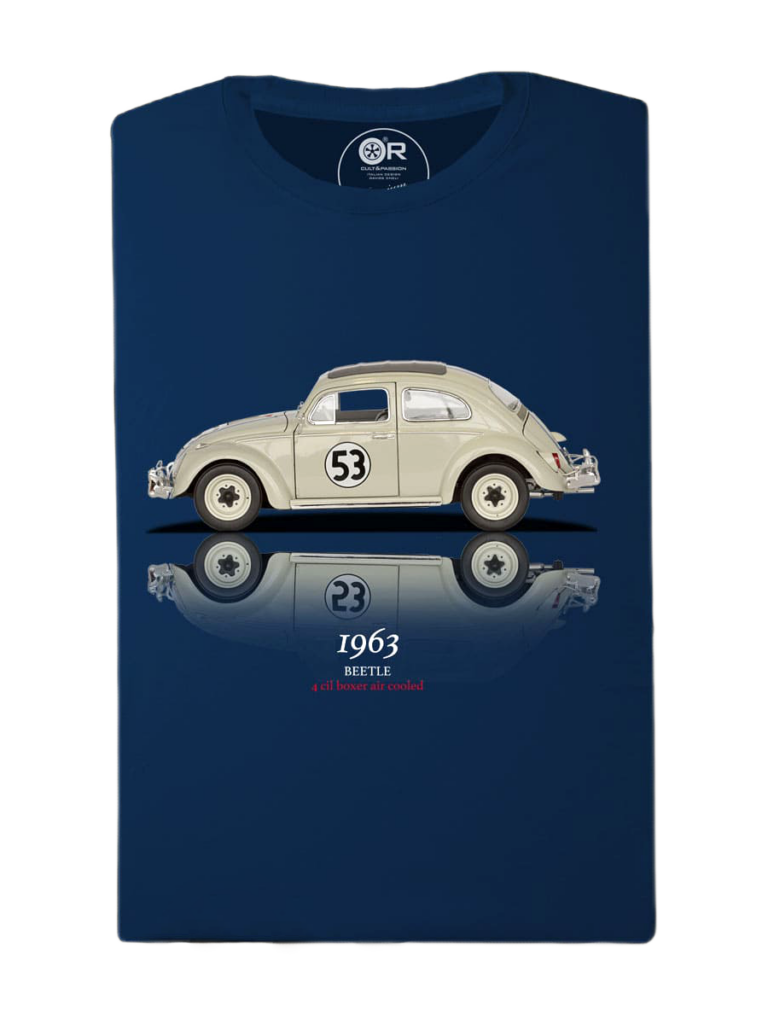Imagine a car that defies expectations, transcends social classes, and becomes a symbol of an entire generation. The Volkswagen Beetle is a quirky little car that took the world by storm in the 1950s and 60s. But behind every great success story is a visionary leader, Heinz Nordhoff, for the Beetle. This is the tale of how one man’s unwavering commitment and strategic brilliance propelled an unlikely contender to the top of the automotive world, even in the face of seemingly insurmountable odds.
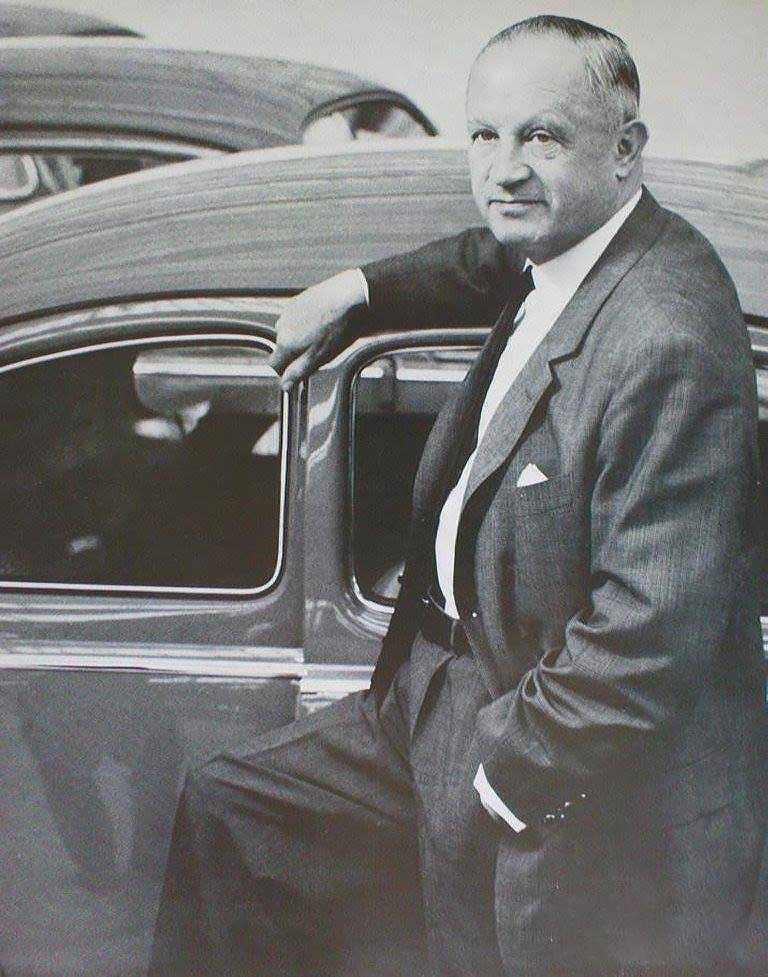
Heinz Nordhoff: The Beetle’s Driving Force
From Rubble to Revival
When Heinz Nordhoff took over as Volkswagen’s director general in 1948, the company was in shambles. The factory lay in ruins, ravaged by war, and the Beetle—Volkswagen’s sole product—was plagued with design issues. Undeterred, Nordhoff rolled up his sleeves and got to work.
The Power of Focus
Nordhoff’s strategy was simple but effective: pour all resources into perfecting and promoting the Beetle. He streamlined production, ironed out technical kinks, and set ambitious goals for efficiency and output. His laser focus on the Beetle paid off as the car’s quality and reputation steadily grew.
Expanding Horizons
But Nordhoff needed to be more content with dominating the domestic market. He knew that to succeed truly, the Beetle had to conquer foreign shores—especially the United States. He set his sights on the lucrative but challenging American market with characteristic determination.
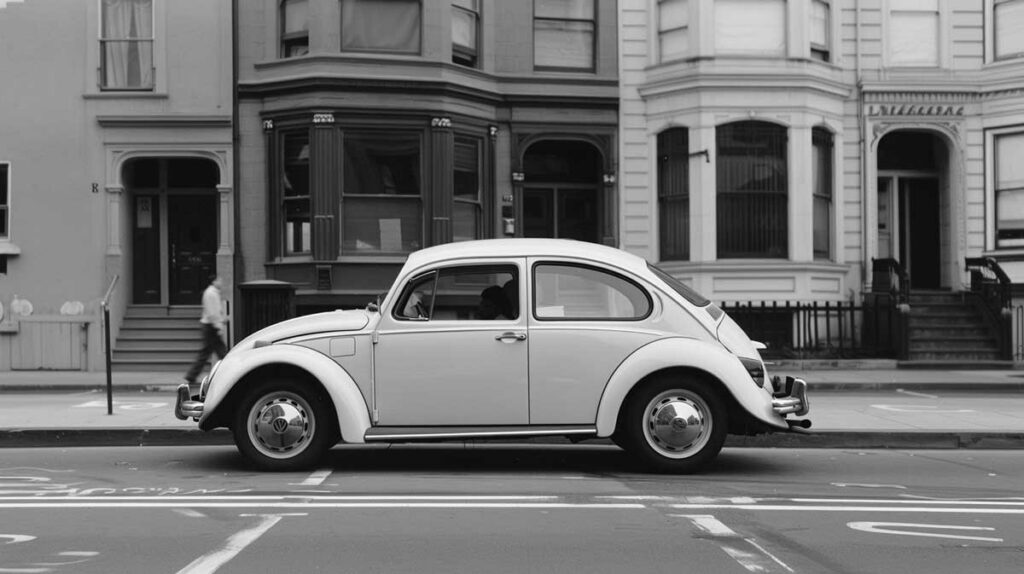
Breaking into America: A Bumpy Ride
False Starts and Flops
To put it mildly, Volkswagen’s initial attempts to crack the US market in the late 1940s and early 1950s were disastrous. From 1949 to 1950, a mere handful of Beetles were sold, and partnerships with American importers fizzled out. The Beetle’s quirky charm was lost on American consumers.
Nordhoff’s Hands-On Approach
But Nordhoff wasn’t one to give up easily. He dispatched dedicated VW sales teams to the US, tasked with building a robust dealer network from scratch. Slowly but surely, through the 1950s, the Beetle began to gain a foothold in America.
Gaining Traction
By 1959, the fruits of Nordhoff’s labour were ripening. Beetle sales in the US hit 35,000 units per year – a far cry from the dismal figures of a decade earlier. The Beetle was gaining momentum, but Volkswagen needed a marketing miracle to win over American hearts and minds.
The “Think Small” Revolution
A Beetle Among Behemoths
In the America of the 1950s, bigger was better. Gargantuan tail-finned cruisers dominated the roads, and the Beetle seemed laughably out of place. But Nordhoff had an ace: a partnership with the innovative advertising agency Doyle Dane Bernbach (DDB).
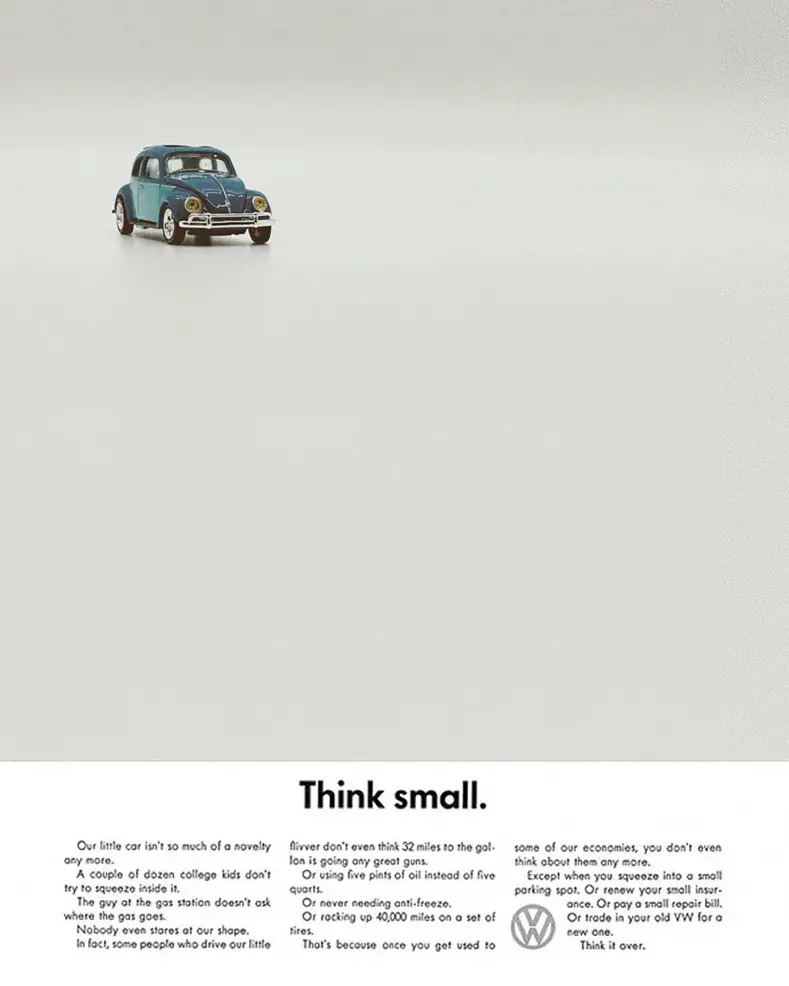
Honesty, Humor, and Heart
DDB’s groundbreaking “Think Small” campaign shattered advertising conventions. Instead of boastful claims and glitzy images, the ads celebrated the Beetle’s simplicity, Economy, and unabashed oddity with self-deprecating wit and refreshing honesty. The Beetle stood out like a beacon of authenticity in a sea of sameness.
An Icon is Born
The “Think Small” campaign struck a chord with Americans, especially the youth counterculture of the 1960s. The Beetle became a symbol of rebellion against conformity and materialism – an anti-establishment icon. Sales soared, propelling the Beetle to the top of the import charts and cementing its status as a cultural touchstone.
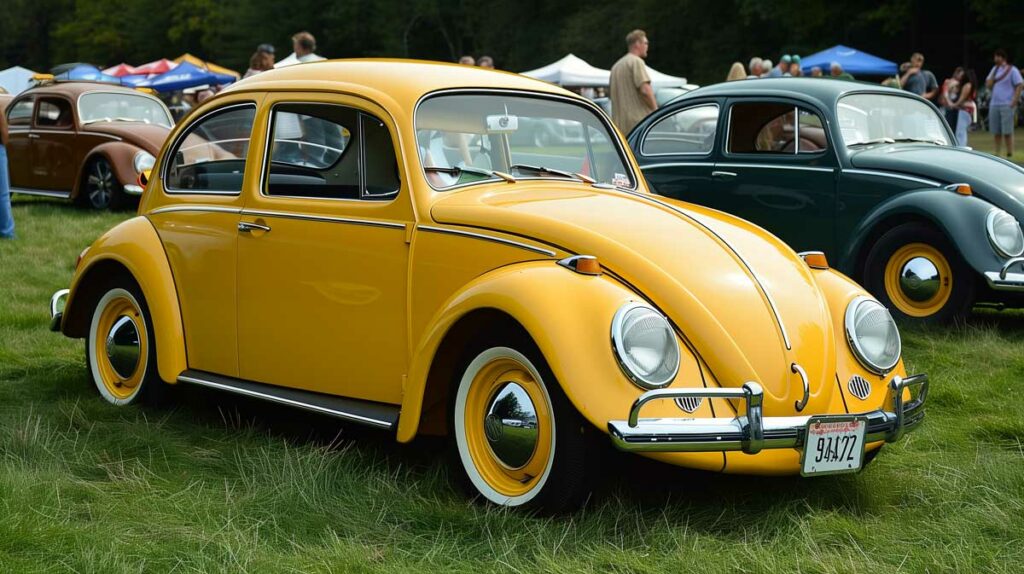
Conclusion
Heinz Nordhoff’s unwavering faith in the Beetle and his strategic vision and marketing savvy transformed a humble German compact into a global phenomenon. His leadership saved Volkswagen from post-war ruin, revolutionised the automotive industry, and shaped popular culture for generations.
Today, the Beetle stands as a testament to Nordhoff’s legacy – a reminder that even the most improbable underdog can become a champion with determination, innovation, and a little bit of audacity. So, the next time you spot a vintage Beetle puttering down the road, tip your hat to Heinz Nordhoff – the man who steered the “People’s Car” to greatness.
FAQs
- Q: What made the Volkswagen Beetle so popular in the United States?
A: The Beetle’s popularity in the US can be attributed to its unique design, affordable price, and the groundbreaking “Think Small” advertising campaign that celebrated the car’s simplicity and authenticity in a market dominated by large, flashy vehicles.
- Q: How did Heinz Nordhoff turn Volkswagen around after World War II?
A: Nordhoff focused resources on improving and promoting the Beetle, streamlined production, expanded exports, and established a strong dealer network in the United States. His leadership transformed Volkswagen from a struggling post-war company into a global automotive powerhouse.
- Q: Why is the Beetle considered an icon of the 1960s counterculture?
A: The Beetle’s unconventional design and the “Think Small” campaign’s emphasis on simplicity and nonconformity resonated with the youth counterculture of the 1960s, who embraced the car as a symbol of rebellion against materialism and the establishment.


